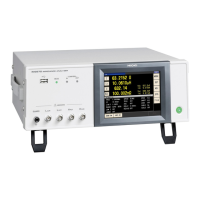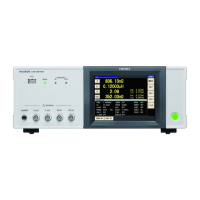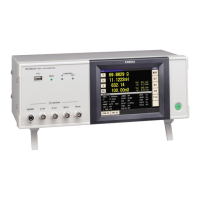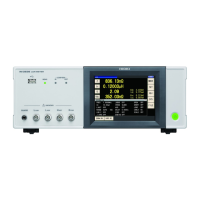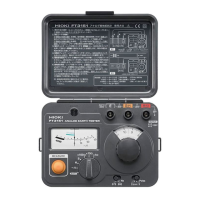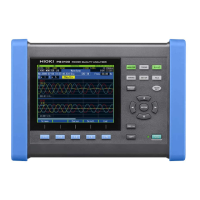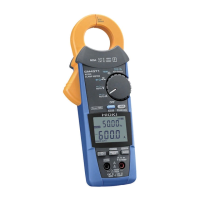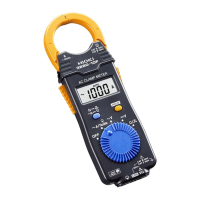Why do the measurement values differ on my Hioki IM3570 Measuring Instruments when measuring a known test sample?
- MMichele KingAug 1, 2025
The measurement values may differ because the measurement conditions of the known test sample and the instrument do not match. Ensure that the measurement conditions match. Also, perform open and short compensation again. Turn load compensation off. Ensure there is an appropriate trigger delay and trigger synchronization output wait time. If you are measuring a test sample other than a capacitor, turn the DC bias function OFF.
